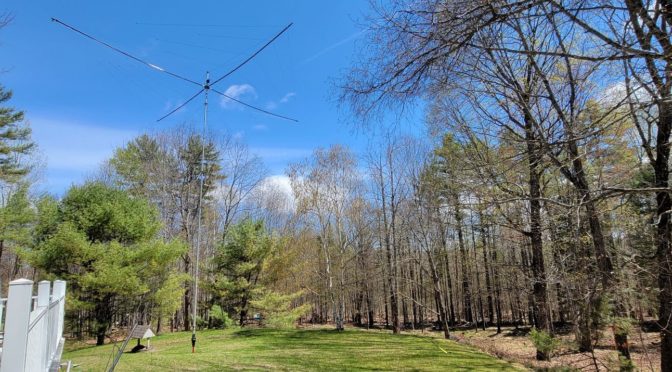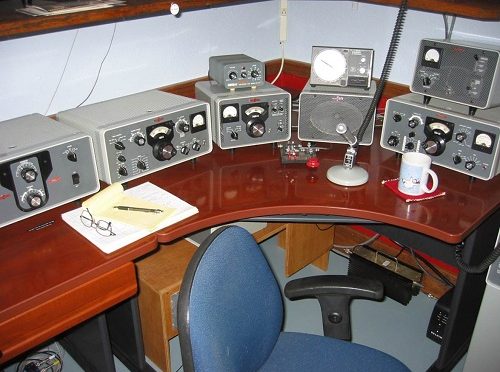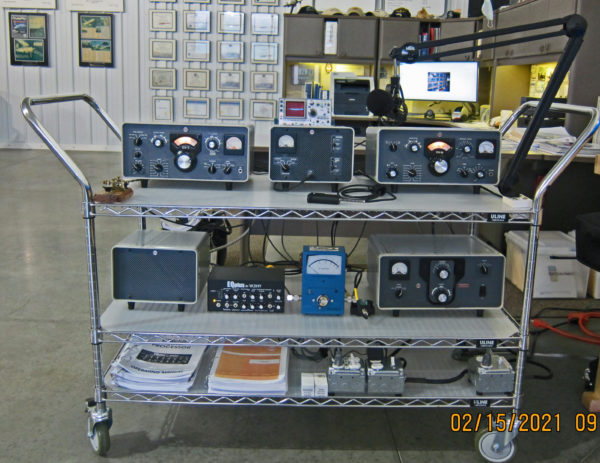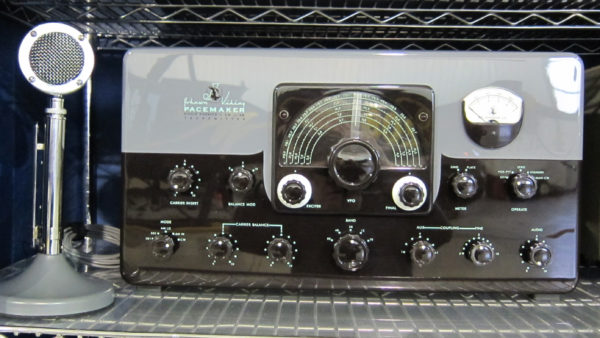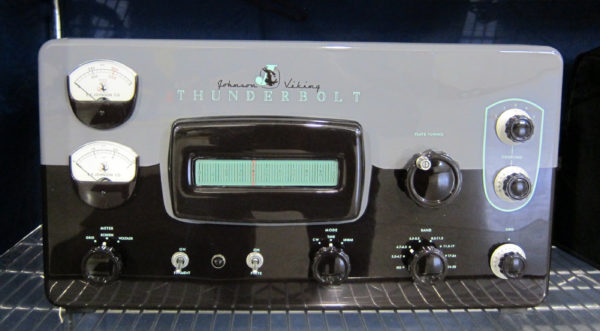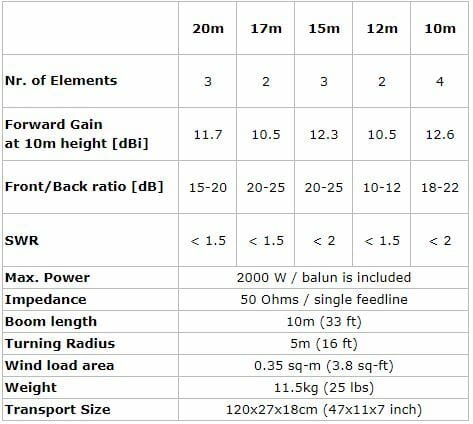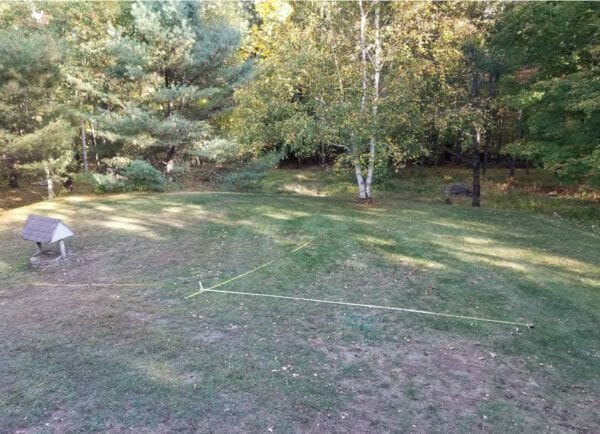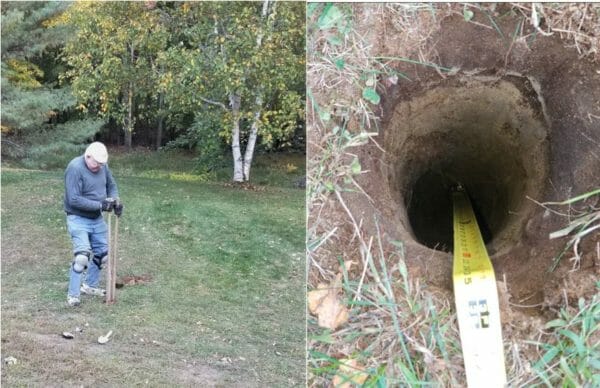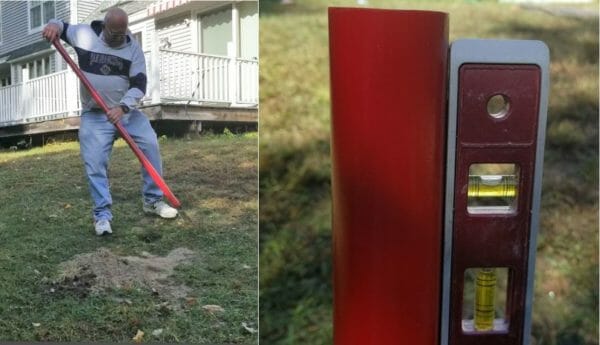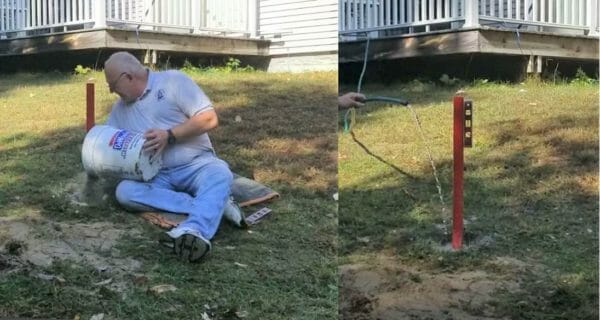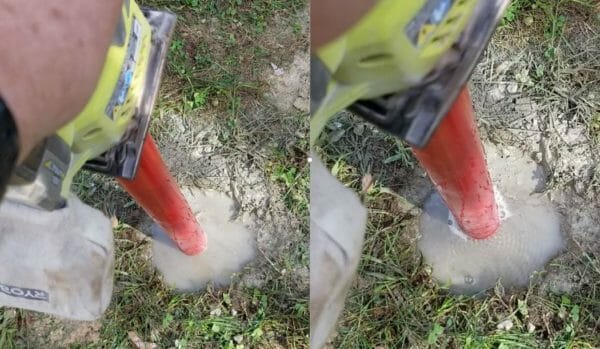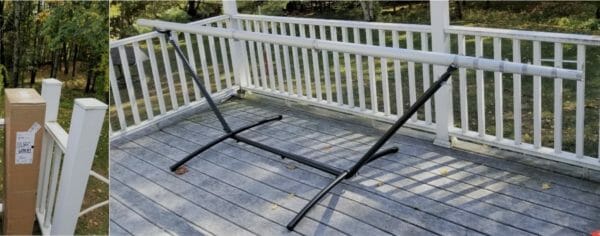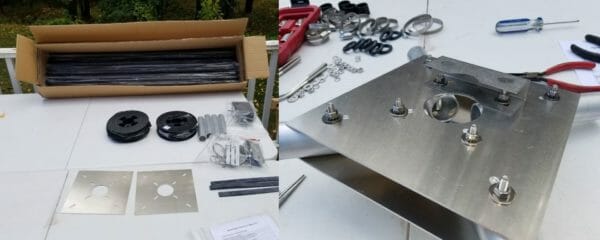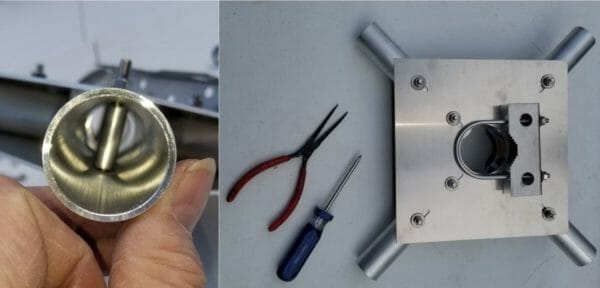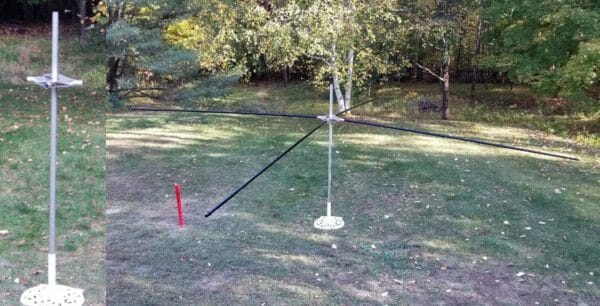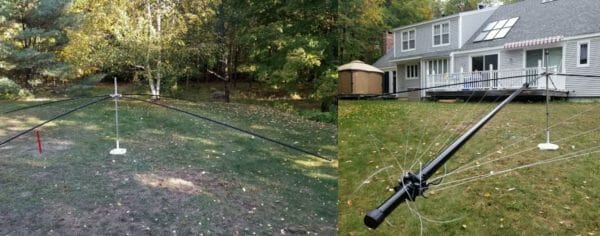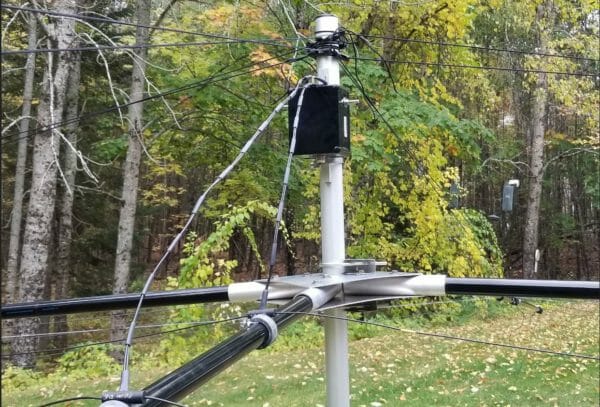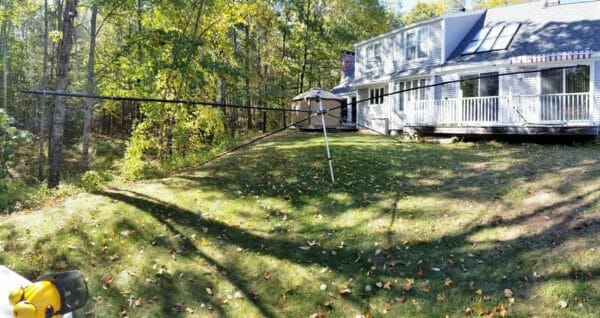The 10-Meter band is open today
On Tuesday (May 18 ~10:00 PM EDT) night, I was checking out the bands to see what was happening before beginning operating that night. I usually look at my Panadapter display on 10,15 and 17-meters before I settle down on 20-meters or 40-meters where I expect to see the most activity. I noticed there were some pretty strong signals around 28.385 Mhz and I listened in a bit to the ongoing QSO. Turns out there were 3 people from KY engaged in a round-robin conversation. I thought that if the 10-meter band is open I should try calling CQ myself and I moved up to 28.391 to try my luck. I called one time and one of the guys from 28.385 came up to my frequency and invited me to join in their QSO. That was Bill, he said that he saw my call on his waterfall display and it looked strong to him, so he decided to check me out. I accepted his invitation to join the group and dropped down to their frequency. They were wrapping up an extended informal QSO but were interested in hearing from me from my NH QTH. Everyone had 5/9 signals and it sounded like we were on VHF FM it was so quiet.

10-meter openings are unusual for me
I have only been operating on HF for the past 3 years and rarely find the 10-meter band open. I have around 8,700 QSO entries in my logbook and at that point, only 60 were on 10 meters. 23 of those are from the Nashua Area Radio Society’s Sunday HF net. Another 5 are local groundwave QSOs. That leaves around 32 QSOs on 10 meters since May 2018. I did have a few DX calls with Canada, Brazil, and Argentina in the mix, but you can see that activity on the 10-meter band was unusual for me.
My first Trans-Atlantic 10-meter QSO
The next day I put in some serious time doing landscaping projects around the house and after I cleaned up, I had 30 or 40 minutes to play radio before dinner. I made a few calls on 20-meters and was able to talk with S57DX in Slovenia, using only 25 watts. Then I took my usual lap around the bands to see what was happening and saw this on the display for 10-meters. I made a contact with MW0NLG and had a nice long QSO with Malc. He said it was his first trans-Atlantic QSO on 10-meters and I said the same for me.

I listened in on the other signals and was surprised that they were all from Europe! My Spiderbeam antenna, which has 4 elements on 10-meters, was pointing at 52 degrees from my QSO with S57DX and I was able to hear many strong signals. I found a clear spot on the band and began to call CQ DX. I did not have any results on my first attempt but did get a reply on my second. Someone put me on the cluster at 20:24 and the pile-up began soon after.
AC1EV is Spotted on the DX Cluster
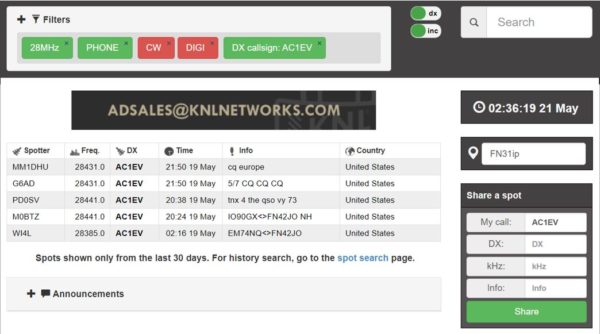
It was exciting to be able to make so many QSOs into Europe on 10 meters. I could have made more if I adopted a contest mode and just swapped signal reports, but I tried to have at least a short QSO beyond that with everyone. I also didn’t realize how unusual this opening was and when I was called for dinner, I made one last call and then went to eat. I returned after dinner and made another 4 calls before the band closed and it was done. If I experience this again, I will try and stay with the opening. Most of the calls were to Western Europe but a few were much further to the East. Bulgaria is around 4500 miles and Italy is around 4300 miles.

Conclusion
My log shows 26 calls, which is almost as many as in my whole previous ham career, in less than an hour. I had QSOs with 10 different countries, too. There is one more important thing to say about this ham adventure, all of this took place on frequencies available to Technician class license holders. You do not need more than that first license. Many of the stations I contacted were 100 watts or less and on wire antennas, so if you have a license and basic radio, you may be able to do this as well, should you encounter an opening.
Operating conditions
Flex 6400
Spiderbeam with 4 elements on 10-meters @ 35 feet AGL
Elecraft KPA500 amp @ 450 Watts
QTH is on an 80-foot hill towards Europe and that couldn’t hurt a bit.
Sporadic E Definition
Many people smarter than I have written about Sporadic E Propagation. Here is a basic summary from Wikipedia for those unfamiliar with it:
Sporadic E or Es is an unusual form of radio propagation using characteristics of the Earth’s ionosphere. Whereas most forms of skywave propagation use the normal and cyclic ionization properties of the ionosphere’s F region to refract (or “bend”) radio signals back toward the Earth’s surface, sporadic E propagation bounces signals off smaller “clouds” of unusually ionized atmospheric gas in the lower E region (located at altitudes of approx. 90 to 160 km). This occasionally allows for long-distance communication at VHF frequencies not usually well-suited to such communication.
Communication distances of 800–2200 km can occur using a single Es cloud. This variability in distance depends on a number of factors, including cloud height and density. MUF also varies widely, but most commonly falls in the 25 – 150 MHz range, which includes the FM broadcast band (87.5–108 MHz), Band I VHF television (American channels 2-6, Russian channels 1-3, and European channels 2-4, the latter no longer used in Western Europe), CB radio (27 MHz) and the amateur radio 2-meter, 4-meter, 6-meter, and 10-meter bands.
As its name suggests, sporadic E is an abnormal event, but can happen at almost any time; it does, however, display seasonal patterns. Sporadic E activity peaks predictably in the summertime in both hemispheres. In North America, the peak is most noticeable in mid-to-late June, trailing off through late July and into early August. A much smaller peak is seen around the winter solstice. Activity usually begins in mid-December in the southern hemisphere, with the days immediately after Christmas being the most active period. Link to Wikipedia Sporadic E propagation – Wikipedia
Jon, AC1EV

